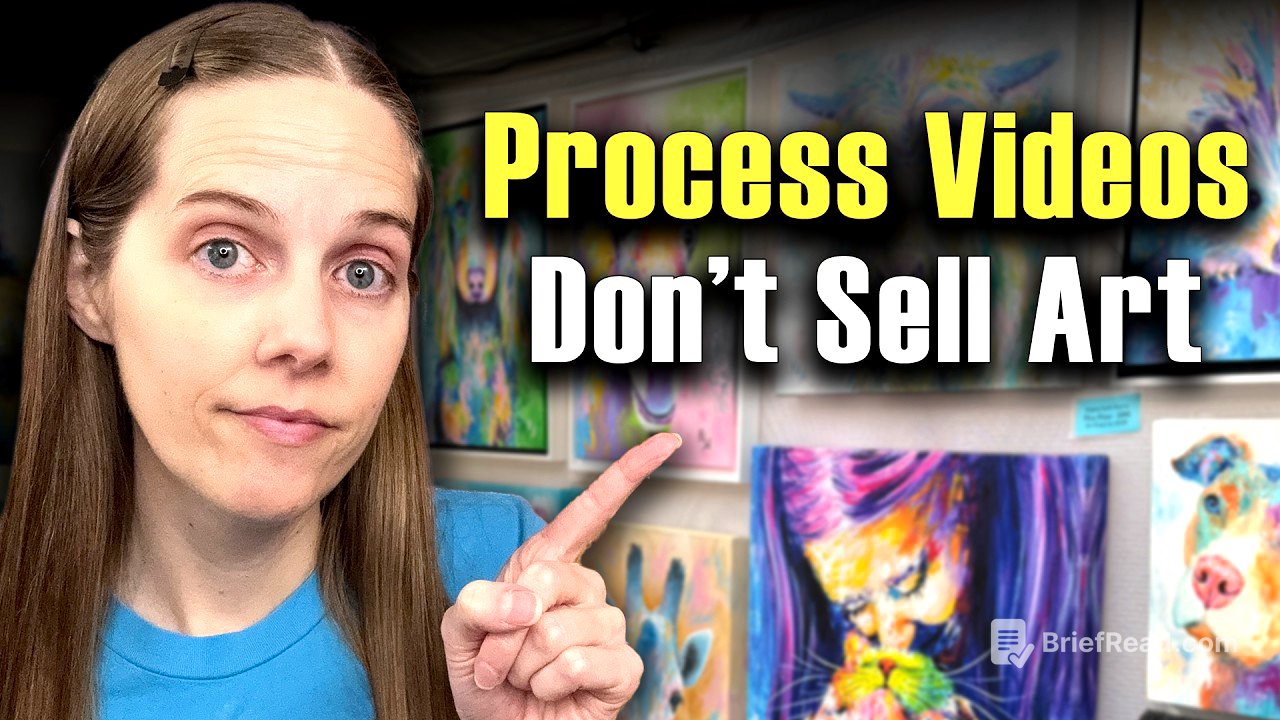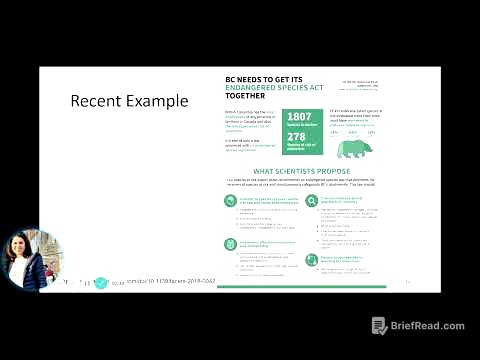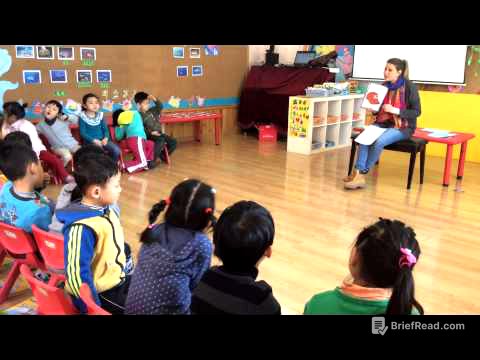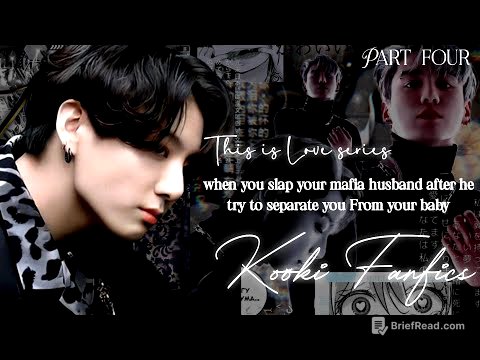TLDR;
This video discusses six content types artists should use to effectively sell their art online, moving beyond the oversaturated process videos. It emphasizes creating content with meaning, sharing social proof innovatively, revealing personal connections, offering valuable behind-the-scenes insights, boosting engagement through interactive posts, and strategically using direct sales pitches. The key is to balance emotional connection with clear calls to action, understand your target audience, and diversify your content to improve your chances of making sales.
- Content with meaning connects emotionally with potential buyers.
- Innovative social proof, like user-generated content, builds trust.
- Sharing personal interests that align with your audience attracts the right buyers.
- Behind-the-scenes content should offer personal insights and a clear call to action.
- Interactive posts boost engagement and provide valuable feedback.
- Direct sales posts should be balanced with softer, relationship-building content.
Why Process Videos Aren’t Enough [0:00]
The presenter notes that the effectiveness of process videos for selling art online has diminished. While these videos, showing the creation of art, used to attract viewers and drive sales through calls to action, their current prevalence means they no longer stand out. Viewers are now accustomed to seeing numerous process videos, which, while interesting, don't necessarily motivate them to purchase the art.
What’s Changed with Social Media Content [0:47]
The landscape of social media has evolved, leading to an oversaturation of process videos and carousel posts from artists. This constant stream of similar content, while visually appealing, often fails to convert viewers into buyers. The presenter observes that viewers may appreciate the techniques and processes shown but are not emotionally compelled to make a purchase.
The First Type of Content to Start Using [1:18]
The first content type is content with meaning, which can be presented through static images, vertical videos, or carousels. The goal is to convey the motivations, ideas, themes, and stories behind the artwork. Sharing personal motivations, such as why an artist is drawn to a particular subject, or narrating a specific story related to a piece can create an emotional connection with the audience. This connection is more likely to drive sales than simply showcasing the artistic process.
A Second Strategy That Builds Buyer Trust [2:24]
The second content type involves sharing social proof in creative ways, moving beyond simple reviews. User-generated content, such as videos of customers opening and reacting to custom paintings, can be particularly effective. These moments of joy and excitement resonate with potential buyers, allowing them to envision themselves or their loved ones experiencing the same happiness, thus building trust and desire.
Share This to Attract the Right People [3:42]
Sharing aspects of your life that intersect with the interests of your ideal buyer is another effective content strategy. Knowing your target audience is crucial, as it allows you to identify common interests and create content that resonates with them. For example, an animal artist who loves cats might share photos and stories about their own cat, attracting potential buyers who share that passion and are more likely to commission a painting of their pet.
Behind-the-Scenes That Actually Matter [5:42]
Behind-the-scenes content should extend beyond just the art-making process to include personal aspects of the artist's life. A vlog showcasing a day in the life of an artist can incorporate studio work alongside other activities and interests, providing viewers with a more comprehensive sense of the artist's personality and values. It’s important to include a call to action, transitioning from personal insights to a specific product or offering, such as a free newsletter signup.
Boosting Engagement the Easy Way [7:14]
To boost engagement, the presenter recommends using short, interactive videos that ask viewers for their opinions. Posing simple "this or that" questions, such as which piece or style they prefer, encourages comments and interaction. Responding to these comments, especially from non-followers, can create a sense of connection and encourage them to follow the artist's work.
When and How to Be Direct About Selling [8:21]
Direct sales posts are essential for driving revenue but should be used strategically. These posts focus on selling a specific artwork or product, highlighting sales or new launches. While it's important to avoid overwhelming your audience with constant sales pitches, neglecting to ask for the sale can also hinder success. A balance of 75% softer, relationship-building content and 25% direct sales content is recommended. Sales posts should emphasize the benefits to the customer, framing the offer in terms of what they will gain, such as a discount or a free item, rather than focusing on the artist's needs.
Final Thoughts + Quick Assignment [10:59]
The presenter assigns viewers to review their recent social media posts and classify them according to the content types discussed. This exercise helps identify any imbalances in their content mix and areas for improvement. Diversifying content and aligning it with the interests of the target audience are key to increasing sales. Understanding your target art buyers is crucial for creating content that resonates with them and drives purchases.









